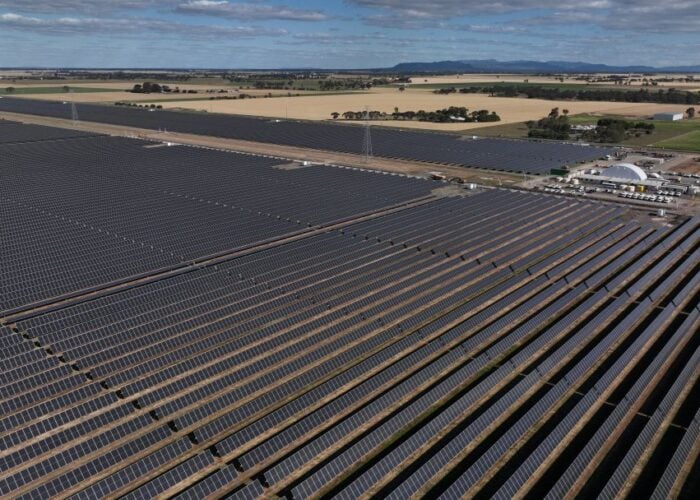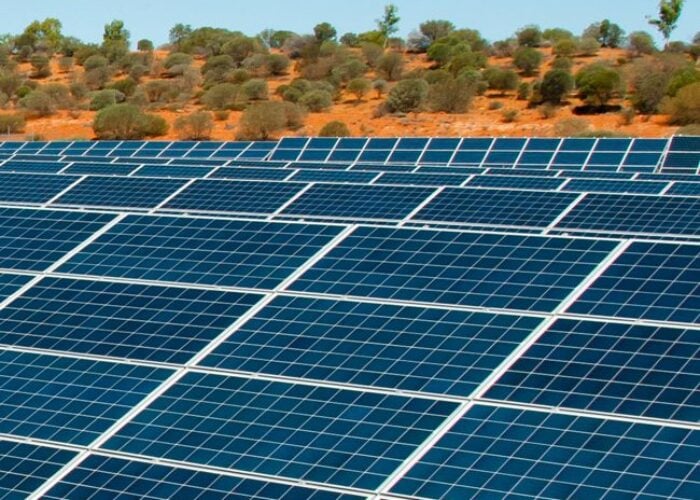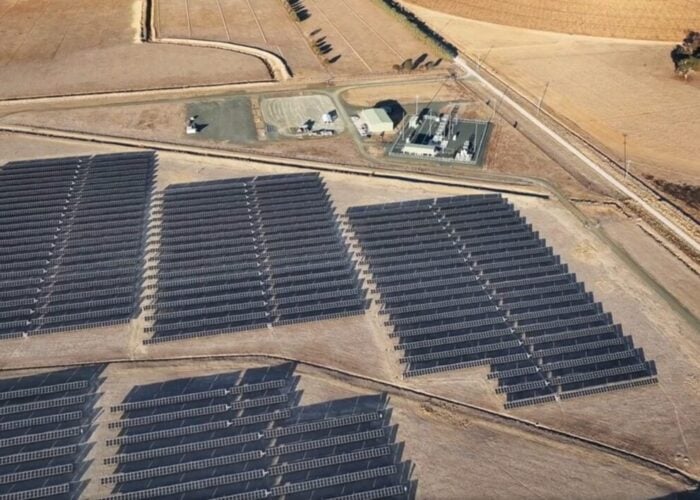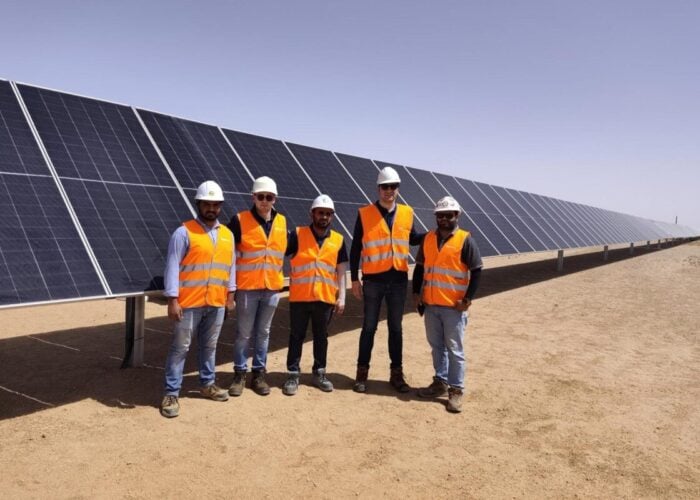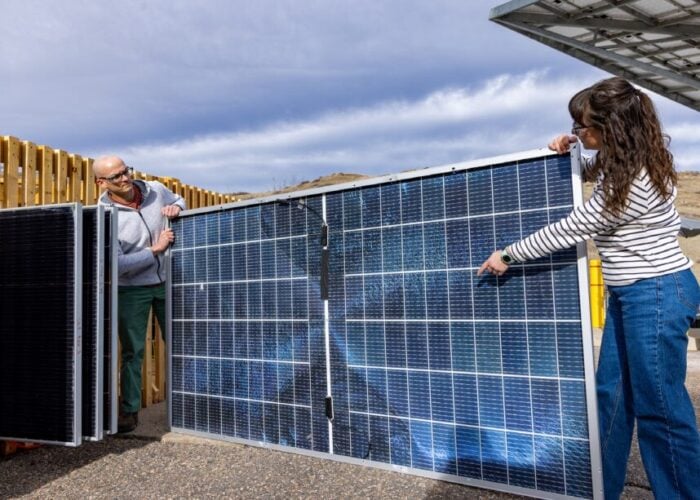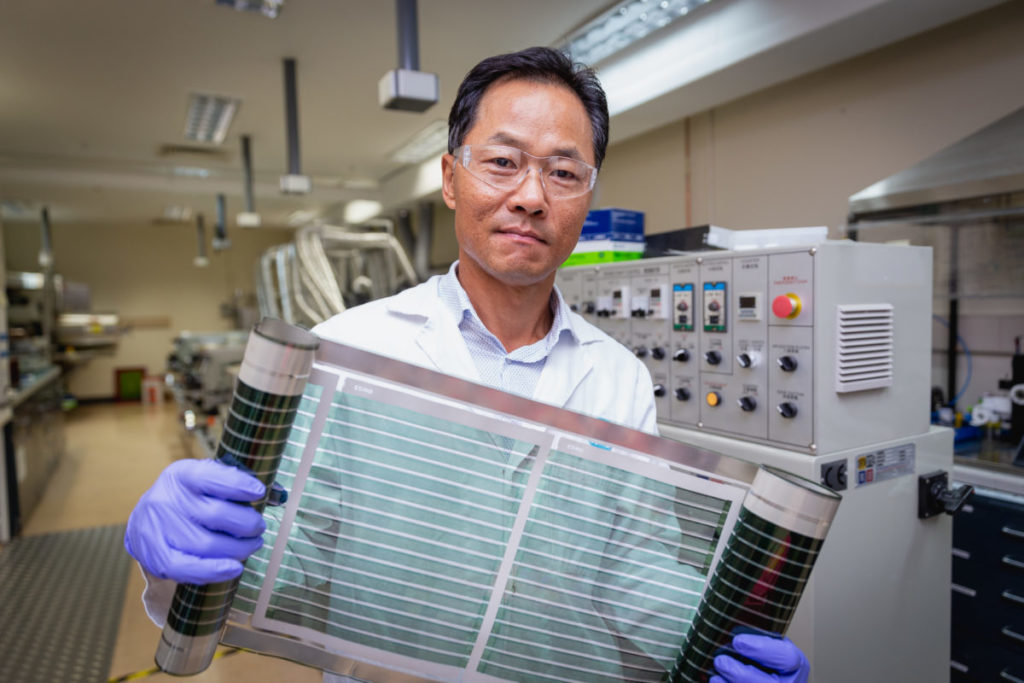
Researchers from the Commonwealth Scientific and Industrial Research Organisation (CSIRO) have developed a roll-to-roll printed solar cell with a power conversion efficiency as high as 15.5%.
The process involves printing perovskite solar cells onto thin plastic films, enabling cells to be “highly flexible and portable,” according to CSIRO. The organisation suggested that these printed cells could be used in urban construction, mining operations and personal electronics, where the large swathes of space required for large-scale silicon solar panel deployment are not available.
Try Premium for just $1
- Full premium access for the first month at only $1
- Converts to an annual rate after 30 days unless cancelled
- Cancel anytime during the trial period
Premium Benefits
- Expert industry analysis and interviews
- Digital access to PV Tech Power journal
- Exclusive event discounts
Or get the full Premium subscription right away
Or continue reading this article for free
The research is the latest innovation in thin-film solar technology, following the development of “paper-thin” solar cells by MIT in December 2022. CSIRO’s research produced two operational cells, one with a conversion efficiency of 15.5% over “a small scale” and one with a conversion efficiency of 11% on a module measuring 50cm2, a record efficiency figure for a cell of this size.
“Roll-to-roll printing allows for the solar cells to be manufactured on very long, continuous rolls of plastic, which can dramatically increase the rate of production,” said Dr Anthony Chesman, CSIRO’s Renewable Energy Systems Group leader. “As these methods are already widely used in the printing industry, this makes their production more accessible for Australian manufacturers.
“The successful commercialisation of printed flexible solar cells has the potential to create significant economic and environmental benefits for Australia and the world.”
While the technology is a long way from commercial-scale production, Chesman’s emphasis on the potential for Australian-based manufacturing could be of benefit to the country’s solar sector as a whole. Earlier this year, the Australian Renewable Energy Agency (ARENA) set out a “credible pathway” to expand Australian solar manufacturing capacity, targeting 10GW of polysilicon purification capacity and 5GW of ingot, wafer, cell and module production capacity by 2030.
Australia is one of a number of countries that have invested more in domestic solar manufacturing, following the publication of figures from Wood Mackenzie that show that China is on track to hold over 80% of the world’s solar manufacturing capacity until 2026. Should Australia meet ARENA’s targets, China will still dominate global solar manufacturing, but the CSIRO researchers are optimistic that their latest work will offer benefits for solar manufacturing beyond sheer scale.
“Perovskites are a class of emerging solar cell material. They’re remarkable because they can be formulated into inks and used in industrial printers,” said CSIRO principal research scientist Dr Doojin Vak. “We’ve also alleviated the need to use expensive metals, such as gold, in their production by using specialised carbon inks, which further reduces production costs.”

